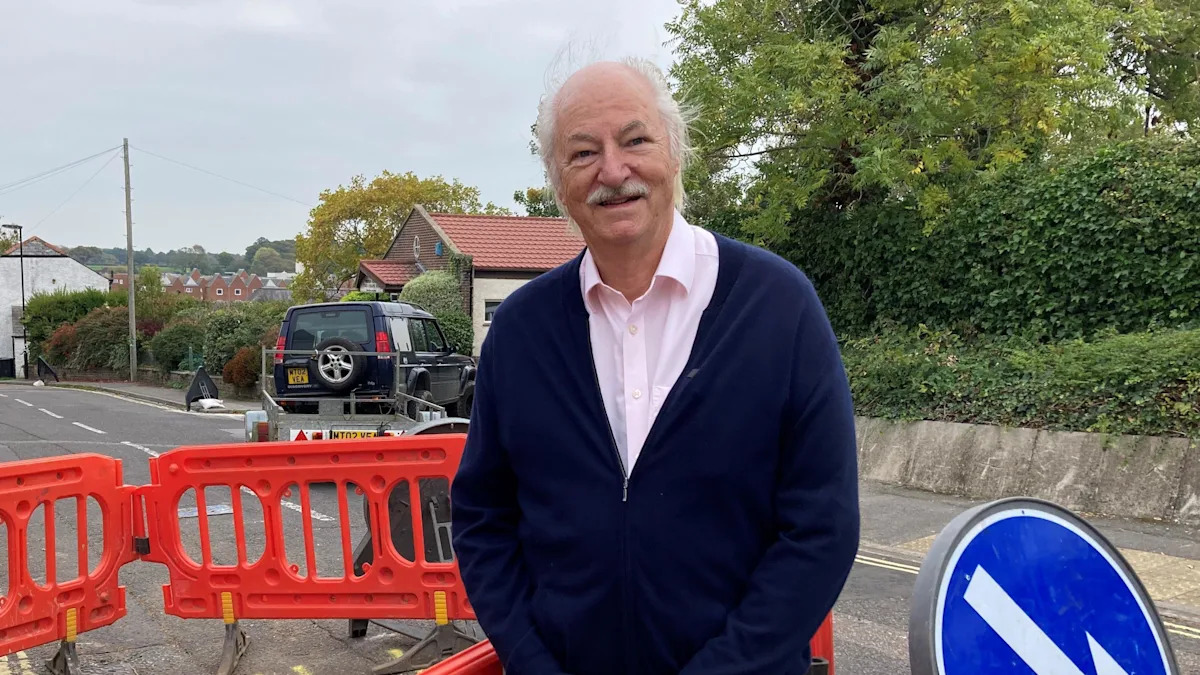Home / Environment / Illegal Drainage Causes Sewage Pollution in Lymington River
Illegal Drainage Causes Sewage Pollution in Lymington River
13 Oct
Summary
- Illegal drainage connections found sending toilet waste into surface water pipes
- E. coli levels in Lymington River 80 times the safe limit
- Residents reported "terrible smell" near sewer outfalls for years

As of October 13th, 2025, Southern Water has uncovered a troubling issue in Lymington, Hampshire, where properties have been illegally draining their toilet waste into surface water pipes, causing raw sewage to flow into the local Lymington River.
This discovery comes after previous concerns raised by Friends of the Earth campaigners, who reported that E. coli levels in the river were an alarming 80 times the safe limit, indicating severe faecal contamination. Lymington resident Jon Holland, a former drainage engineer, was involved in the E. coli testing and described the situation as "absolutely terrible," with readings reaching 81,000 units - far exceeding the safe limit of 1,000.
The problem has been traced back to around 20 properties in the Brunswick Place area, which were built in the 1980s. Lymington Society chair Don Mackenzie believes the issue may be more widespread, as many local properties may have their wastewater pipes incorrectly connected to surface water drains rather than the sewer system.
Southern Water has acknowledged the misconnections and is taking steps to fix the problem, including using tankers to remove the polluted water from the area and protect the local environment. The company says its own testing has not replicated the high E. coli levels, but it recognizes the potential for intermittent pollution due to the illegal drainage connections.
Residents have expressed frustration that the issue has persisted for years, with reports of a "terrible smell" near the sewer outfalls going unaddressed until now. Southern Water has vowed to work closely with the local authority to investigate any other contributing factors to the water quality concerns in the Lymington River.



